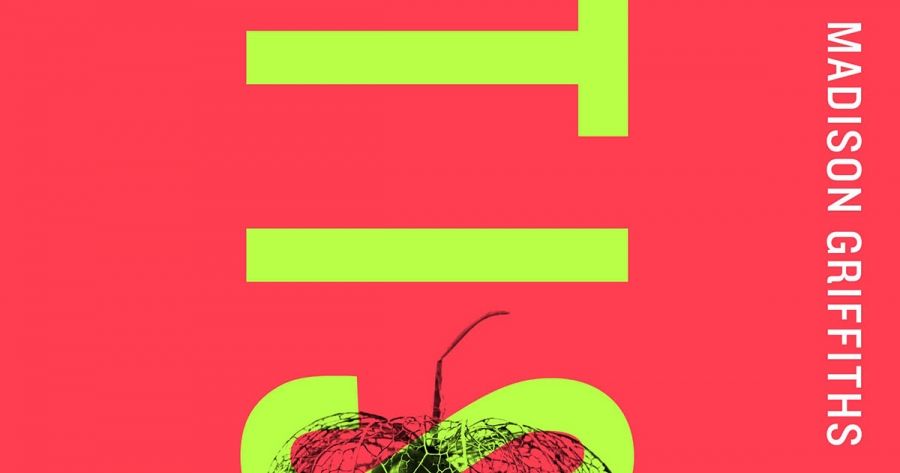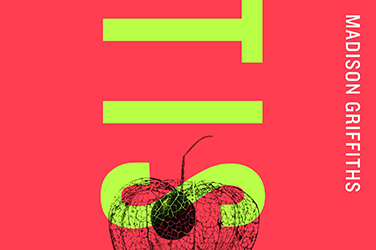
- Free Article: No
- Contents Category: Gender
- Review Article: Yes
- Article Title: As it’s seen and felt
- Article Subtitle: The ontology of abortion
- Online Only: No
- Custom Highlight Text:
As an abortion provider for more than forty years, and an advocate for abortion law reform and improved abortion services for more than fifty, I approached this book with alacrity. Around one hundred thousand abortions are performed in Australia every year, yet abortion is still not easily talked or written about. I felt that a non-fiction work of nearly three hundred pages on the topic, by a person who had experienced abortion, would be a welcome addition to existing literature, something that other people, contemplating or experiencing abortion, might absorb themselves in.
- Featured Image (400px * 250px):

- Alt Tag (Featured Image): Caroline de Costa reviews 'Tissue' by Madison Griffiths
- Book 1 Title: Tissue
- Book 1 Biblio: Ultimo Press, $34.99 pb, 311 pp
- Book 1 Cover Small (400 x 600):

- Book 1 Cover (800 x 1200):

There is a fair bit to like in all of this. The Prologue is an enticing beginning, well crafted and acknowledging that unintended pregnancy, and therefore abortion, are matters for everyone on the planet with female genitalia. The chapter ‘On Redness’ explores the bloodiness and messiness of abortion, and the significance of red for both birth and death, and thus for artists, but equally for opponents of abortion who ‘in many parts of the world use the image of blood … to confront those being ushered out of their cars toward the clinic doors’. Bleeding, blood, and redness punctuate many of the later chapters. ‘Abyzou’s Legacy’ explores the idea of guilt projected by a patriarchal society and its supporters onto a person undergoing an abortion. Guilt at the unwanted pregnancy, guilt at the abortion itself. Guilt at not conforming to the narrative of being a ‘woman’ – Abyzou was a female demon blamed in medieval times for miscarriages. In the following chapter, the author reveals that she has sex with people of all genders, and states that queerness and abortion share the trait of ‘unwomaning’ a person: that is, making them fail to conform to stereotypical and conservative norms of behaviour and sexuality. The author points out, rightly, that ‘there is a strong correlation between states trying to restrict abortion rights and those targeting transgender and non-binary people’. So far, so good.
 Madison Griffiths (Athina Wilson via Ultimo Press)
Madison Griffiths (Athina Wilson via Ultimo Press)
A chapter on the digital world and abortion, which describes some of the author’s Tinder encounters, examines how the internet can both help spread accurate information about abortion services to people needing them and hinder those people’s efforts when their data is collected, since it may be used as evidence of criminal intentions or actions in places where abortion is illegal. I found this the most interesting chapter (the reader can, if they wish, skip the paragraphs reporting Tinder sex) and would have liked more research and detail. The internet is providing valuable information to pregnant people in the thirty-four US states where laws are ‘non-protective’ of abortion, while bodies providing that information, such as the Guttmacher Institute, are meticulous in not collecting data that might identify those searching for help. However, the author’s focus here, as in other chapters, is not so much on what abortion and the internet might mean for other people as on her own experiences and conclusions about abortion.
Two later chapters on pleasure (masturbation, drugs, painful sex, vaginismus), and on love (with references to the author’s mother and to several of her own most important sexual relationships), while linking to abortion generally and the author’s abortion in particular, largely deal with her own life experiences, her reading of a diverse range of literature, and her thoughts on these two life-affirming topics. As I wended my way through them, I had to keep remembering that this is a book about one person’s views of their abortion and its relations to the rest of the world, and not a history or a guide for others undertaking abortion.
Early on, the author acknowledges that she is fortunate to live in an inner suburb of Melbourne where, even during lockdown, she could access a safe, effective abortion she could afford to pay for, but she does not dwell on her good fortune or how it came about. Nor does she have much to say about the lack of safe abortion services for a vast number of people experiencing unintended or unwanted pregnancy in other parts of the world. Readers seeking that sort of book will need to look elsewhere.
‘Love’ is the final chapter of the main text, in which the author concludes that the writing has itself been an act of love. As there is a prologue, there is also an epilogue, and here the author explains that she ‘wanted to understand the ontology of abortion, how marvellous and terrible it felt to have one’. So there you have it: the author wanted to examine the intrinsic nature of abortion, as she saw it and felt it, and in this she was successful.


Comments powered by CComment